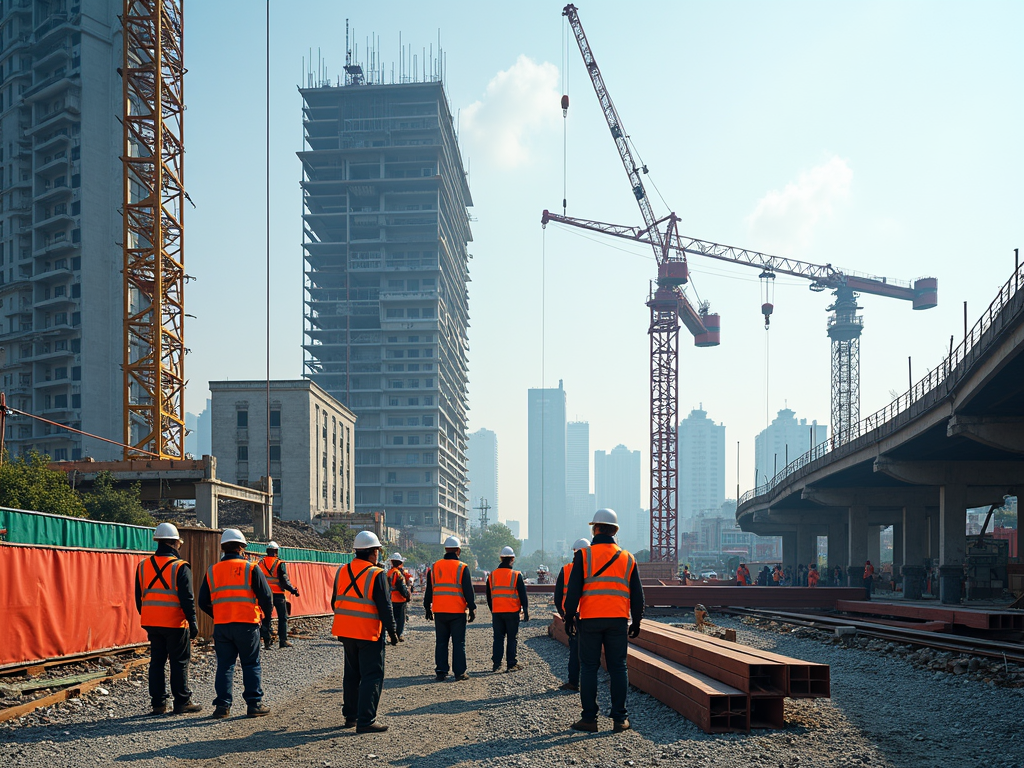Building Codes and Regulations for Urban Areas: A Comprehensive Guide
Overview
Building codes and regulations keep urban areas safe and livable. These rules set standards for construction, making sure buildings are strong, safe, and efficient. In cities, where people and structures are packed close together, these codes are a must.
How Building Codes Started and Changed
Building codes have been around for centuries. One of the first was from ancient Babylon, over 3,000 years ago, setting basic construction rules. Today, they’re much more detailed. Big events—like the Great Fire of London in 1666 or the San Francisco earthquake in 1906—pushed cities to make stricter rules. Fires led to better safety measures, and quakes brought stronger building designs. In urban areas, these changes matter even more because so many people depend on them.

What Building Codes Cover in Cities
Building codes in urban areas tackle a bunch of important areas. Here’s what they focus on:
- Zoning Laws: These decide where homes, stores, and factories can go. They keep noisy industries away from quiet neighborhoods.
- Fire Safety: Cities need rules for sprinklers, fire exits, and materials that don’t burn easily. A small fire can spread fast in a crowded area.
- Accessibility: Buildings must work for everyone. That means ramps, wide doors, and elevators for people who use wheelchairs.
- Energy Efficiency: Cities use a lot of power. Codes push for better insulation and solar panels to cut energy waste.
These rules make sure urban spaces are safe and practical for everyone living there.
Why Foundation Design Matters in Urban Building
Foundation design is a huge part of building codes, especially in cities. The foundation holds up the whole building, and in urban areas, that’s trickier. City soil can be soft, rocky, or even polluted from old factories. A good foundation keeps buildings steady.
Here’s what goes into it:
| Factor | Why It’s Important |
|---|---|
| Soil Type | Soft soil needs deeper supports like piles. |
| Building Height | Tall buildings need stronger bases. |
| Earthquakes | Special designs stop shaking from tearing it apart. |
I once visited a construction site where they hit an old landfill. They had to rethink the foundation design completely—adding extra supports to handle the weak ground. It showed me how much planning goes into keeping urban buildings safe.

Real Stories Behind the Rules
Building codes aren’t just boring paperwork—they affect real people. I talked to a builder once who worked on a downtown apartment tower. He said the codes forced them to add extra fire escapes, which ended up saving lives during a small fire years later. “Those rules felt like a hassle at the time,” he told me, “but they made a difference.”
Another time, I met a woman who uses a wheelchair. She told me how new accessibility rules changed her life—ramps and elevators let her visit friends in high-rises she couldn’t reach before. It’s a reminder that building codes aren’t just about bricks; they’re about people.

Tips for Understanding Building Codes
If you’re curious about building codes, start simple. Look up your city’s rules online—most places share them publicly. Focus on what matters to you, like safety or energy savings. Talk to builders or architects if you can; they’ll give you the real scoop. And don’t be afraid to ask questions—knowing this stuff helps you appreciate the cities we live in.
Wrapping It Up
Building codes and regulations for urban areas keep our cities standing strong. They cover everything from foundation design to fire safety, making sure buildings are safe and sustainable. Next time you’re in a city, think about the rules behind those towers—they’re there for all of us.
Recommended Readings: - "Building Codes Made Simple" by John Smith - "Cities That Work: Urban Design Basics" by Emily Carter - "Strong Foundations: Engineering for Tomorrow" by David Lee





